5 Things I Was Wrong About in Postnatal Fitness Coaching
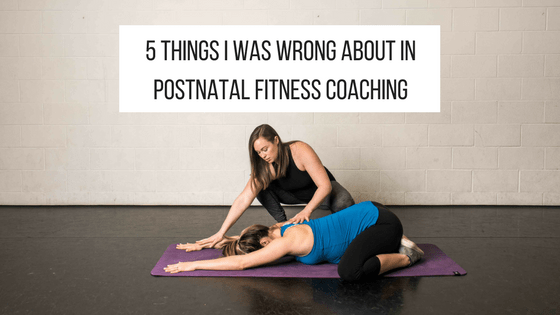
I have been working in postnatal fitness coaching for over a decade. The way I coach has changed dramatically. And, continues to.
Things I thought to believe were absolute truths, I now think very differently about.
Things I couldn’t imagine saying, I now coach on.
I have been (SO) wrong about much. Of course, that is ok! When we continue to learn and educate ourselves, we adjust our opinions. Our personal experiences will shape us.
The best coaches will continue to recognize where they need to grow and how they can keep getting better.
Today, I want to tell you 5 things that I’ve been wrong about in postnatal fitness coaching. In hopes that you can relate, or that they’ll push you to question your own biases on.
[ANNOUNCEMENT!]
My 10-week, online course called, the Postnatal Fitness Specialist Academy, is currently open for registration until Tuesday, April 23rd.
This program is for current and aspiring fitness and health professionals (and enthusiasts) who want to help moms return to effective exercise post-pregnancy, recover from C-section and vaginal births, treat core and pelvic floor dysfunction, and support them in motherhood.
The next class will not open for at least 6 months.
1). Clients needing to have perfect form in exercise.
I’m a ex-gymnast. I like pretty exercise technique. I do value it. I think it is important to learn how to lift weight ‘cleanly’ and with so-called ‘good’ techniques.
I used to over-cue. I used to want every rep to look a very specific way. I wanted symmetry in all the body parts.
Feet turned out to the same degree when squatting.
Elbows tracking out to the same angle when bench pressing.
But, why? Is there purpose in this? Were all the cues distracting? Didn’t I need to let the client lift in ways that felt ok in their body if, well, it felt ok in their body?
To reiterate, I like pretty form. Always will. It’s in my blood. I like attention to detail.
That said, if your feet are at different angles when you’re squatting and you’re genuinely feeling well moving in that pattern and squatting effectively, I’m not going to cue you out of it until I find a better reason than, “I don’t like how it looks.”
You can be sure that not every reach over the crib rail to get the baby out will be done in perfect symmetry.
2). Neutral spine everything.
I wanted a ‘neutral spine’ in all the reps for all the exercises.
A big a-ha moment for me was during my C-section birth with my daughter when I struggled to round, or flex, through my lumbar spine as the anesthesiologist was administering the epidural.
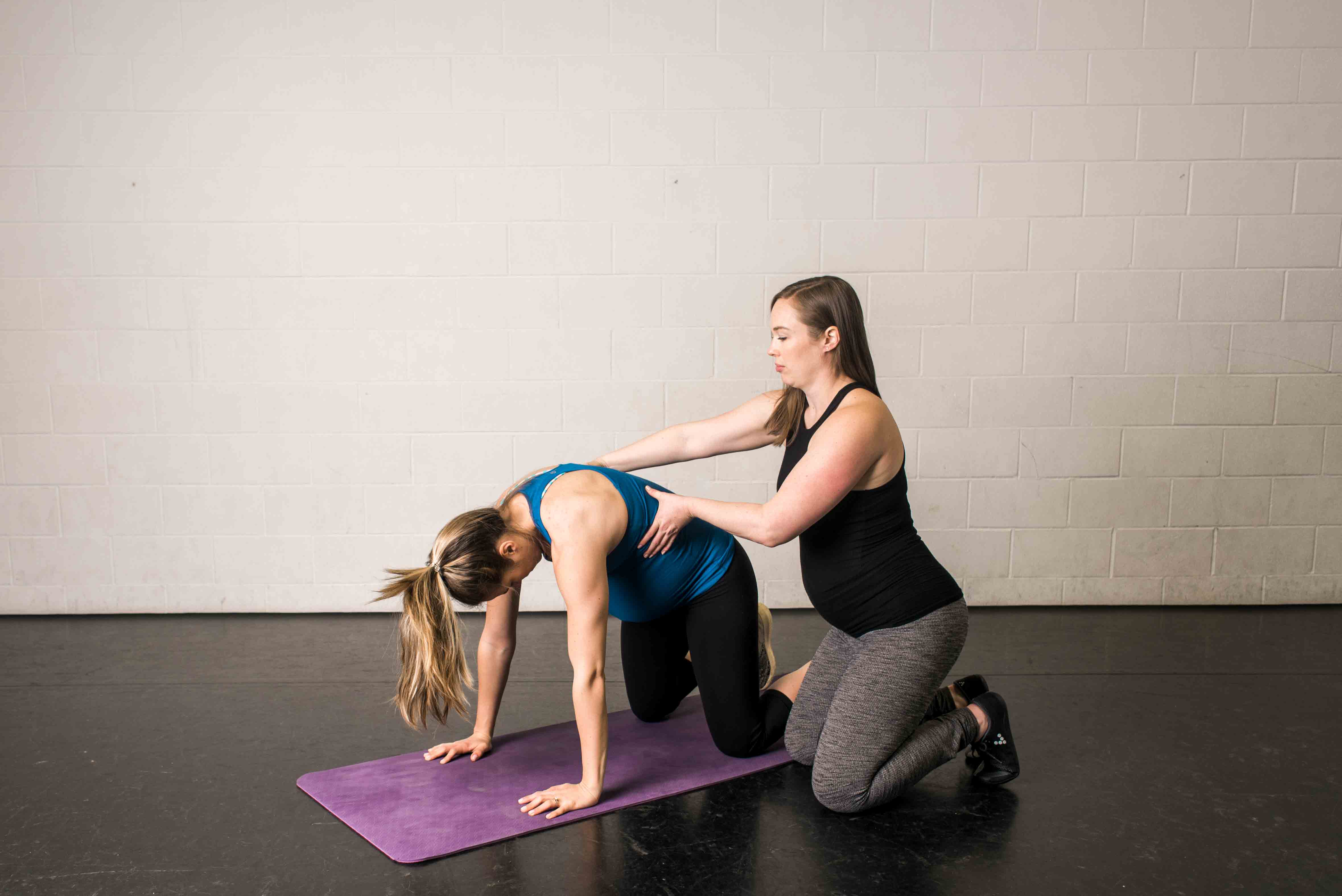
WHY COULDN’T I MOVE MY BODY IN THAT WAY?
Well, it was pretty obvious. I simply hadn’t been training it to do that. Yes, I had a full term baby in my body who was definitely affecting my ability to move, but I still recognized that I was limited because how I was training.
Much of the years before that moment and through the strength training in my pregnancy were spent in what I call, “stacked body” positions. With the ribcage aligned over the pelvis.
I still like to teach my clients to move, lift, and be under load in stacked body positions, but now see the value in being able to put our bodies into many different shapes. Life and postpartum WILL require you of that.
3). Always consciously engaging the pelvic floor in strength training reps.
When I started learning more about how we can use the pelvic floor to support load in exercise, I thought it was best to always cue a pelvic floor lift on every rep.
To be fair, in some scenarios, for some bodies, it can be. But for other bodies, it’s simply not necessary. Further, for some people, it can worsen pelvic floor symptoms.
Although I always teach my mamas how to connect to their pelvic floor, how to use their breath to help gain and release tension through their pelvic floor, and when they might need to use more ‘oomph’ from their pelvic floor in exercise, for some people it’s best to do less.
Default to the breath only. Take the attention off the pelvic floor.
4). Positioning exercise as something we do to be good role models to our children, or to have energy to take care of our babies.
This was something I believed to be true for my clients before I had my first baby.
They exercised so that they could then take better care of other people. Their babies. Their partners. Their business. Their work. Their house.
All of the things except for themselves. Or, perhaps, they took care of themselves, so that they could take better care of others.
Likewise, I thought moms should want to exercise to be good models for their children. It was good for their kids to see them being active.
Listen, all of this is fine, if it’s valuable to you. What I started realizing for myself is that MY mindset around exercise and movement was then always about service to others.
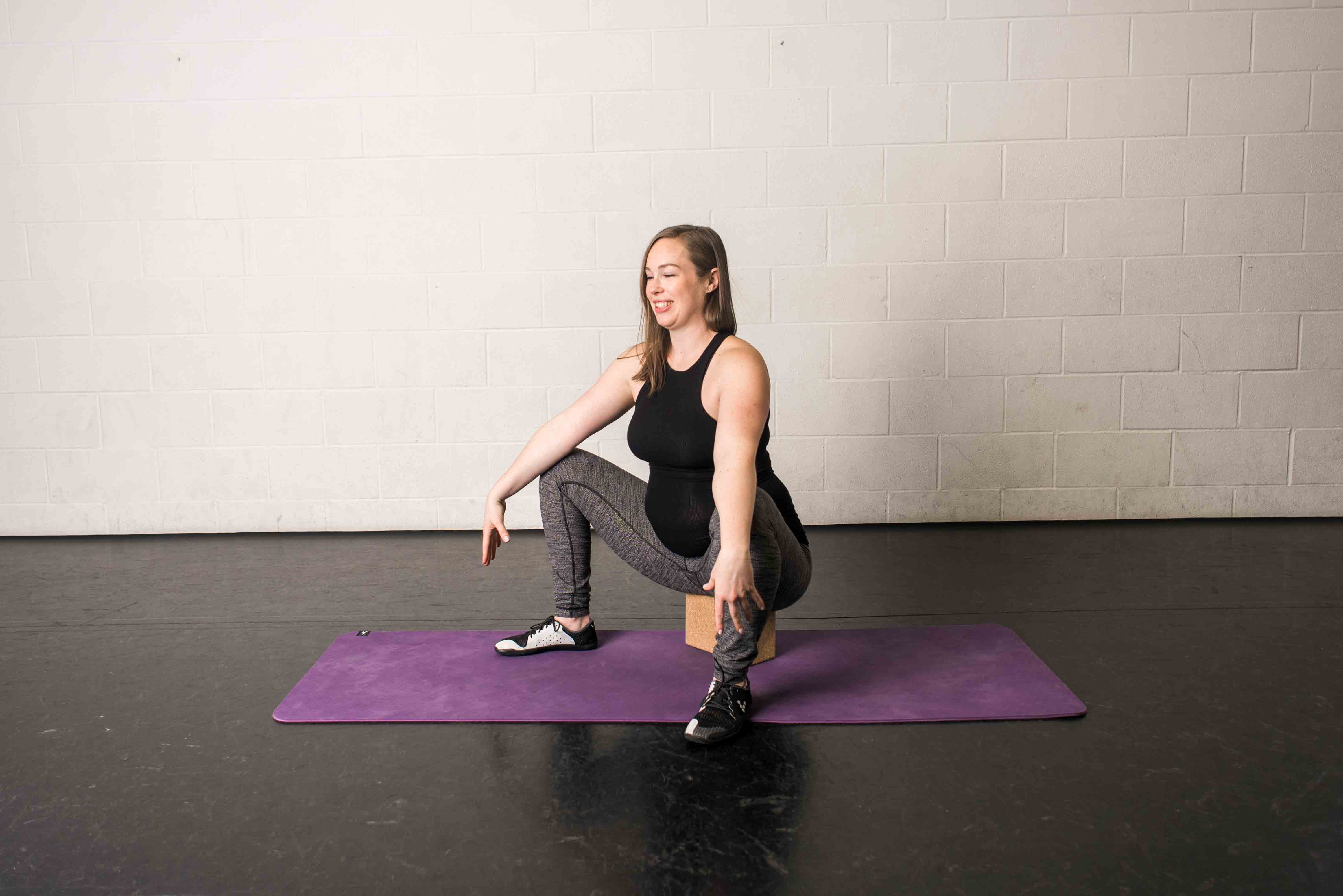
I don’t want that. It’s for me. I exercise because I deserve care because I am a person who deserves care. My kid is around for much of the workouts I do at home. She watches what I do sometimes. She imitates. It’s cute.
But, I don’t do it so that she sees me exercising in hopes that she’ll want to be active.
I do it for my own personal reasons, for my own self.
5). Do/don’t exercises for core and pelvic floor dysfunctions: diastasis and pelvic organ prolapse.
I used to have hard DOs and DON’Ts.
If you have diastasis recti, don’t do pushups.
If you have pelvic organ prolapse, don’t lift heavy weight.
If you have incontinence, don’t do high impact exercise.
All of those lines as blanket statements are a bunch of bullshit.
I have clients with diastasis rocking pushups. I have clients with prolapse who are lifting heavy deadlifts. I have clients who experience incontinence who are able to run symptom-free.
Could these be things to consider? Might we need to adjust the strategy used in the exercise for the core or pelvic floor dysfunction at hand? Yes.
Should clients be afraid of evvvvverything making their symptoms worse so they live in fear? NO.
I have few hard DOs and DON’Ts now. The answer is always specific to the client, what is going on in their body, the activity we’re coaching on, what we’ve progressed from, and how they’re responding to it.
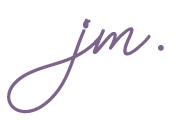
If you are a personal trainer, fitness instructor, or health professional that works, or wants to work with moms, you are working with postnatal populations.
Upgrade your coaching skills and strategies by becoming a Certified Postnatal Fitness Specialist in my 10-week online course that will educate you on diastasis recti, the pelvic floor, postpartum mental health, body image, strength training, exercise programming and more!
Registration is open now through Monday, October 22nd. The program will again close for at least 6 months.
ACADEMY DETAILS AND REGISTRATION

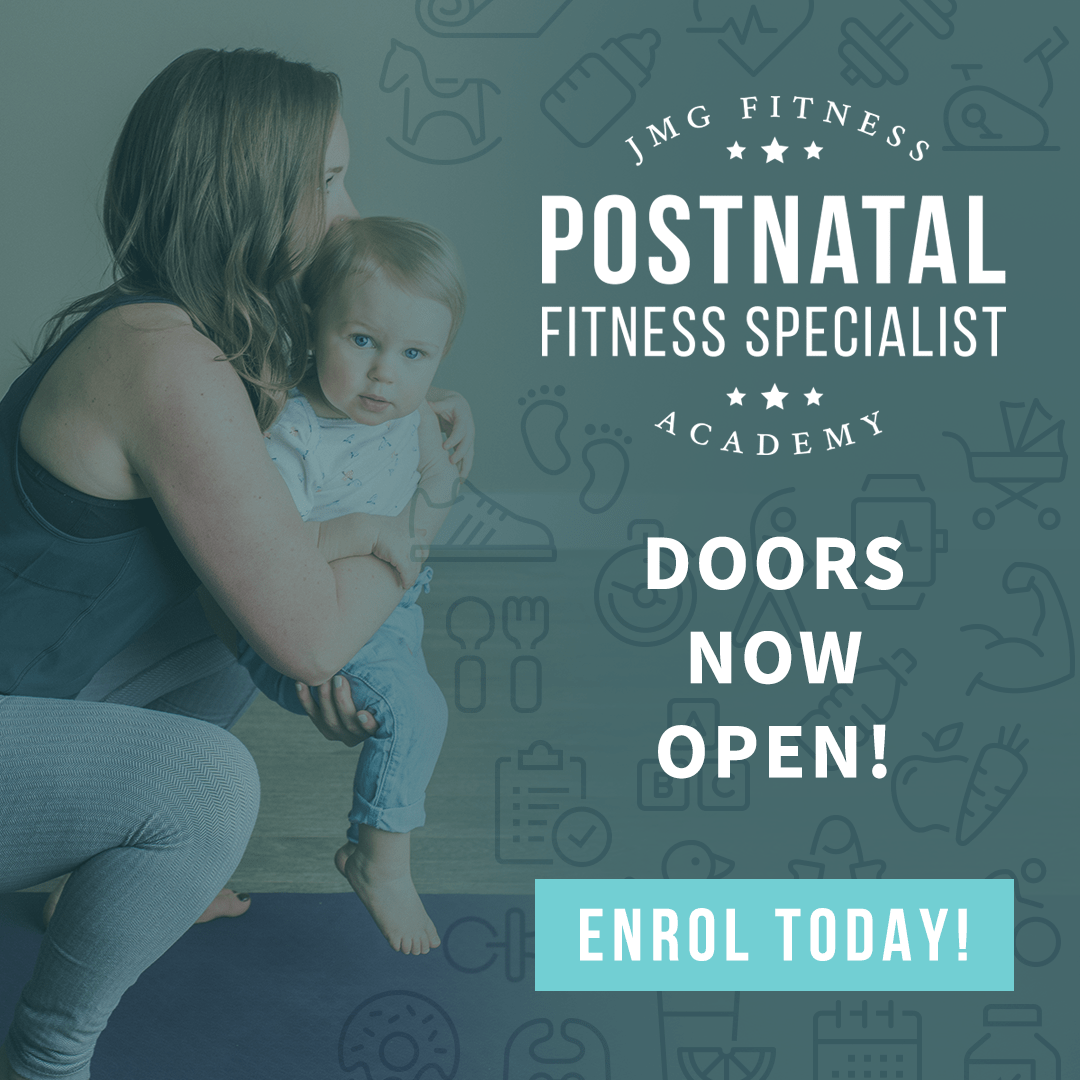


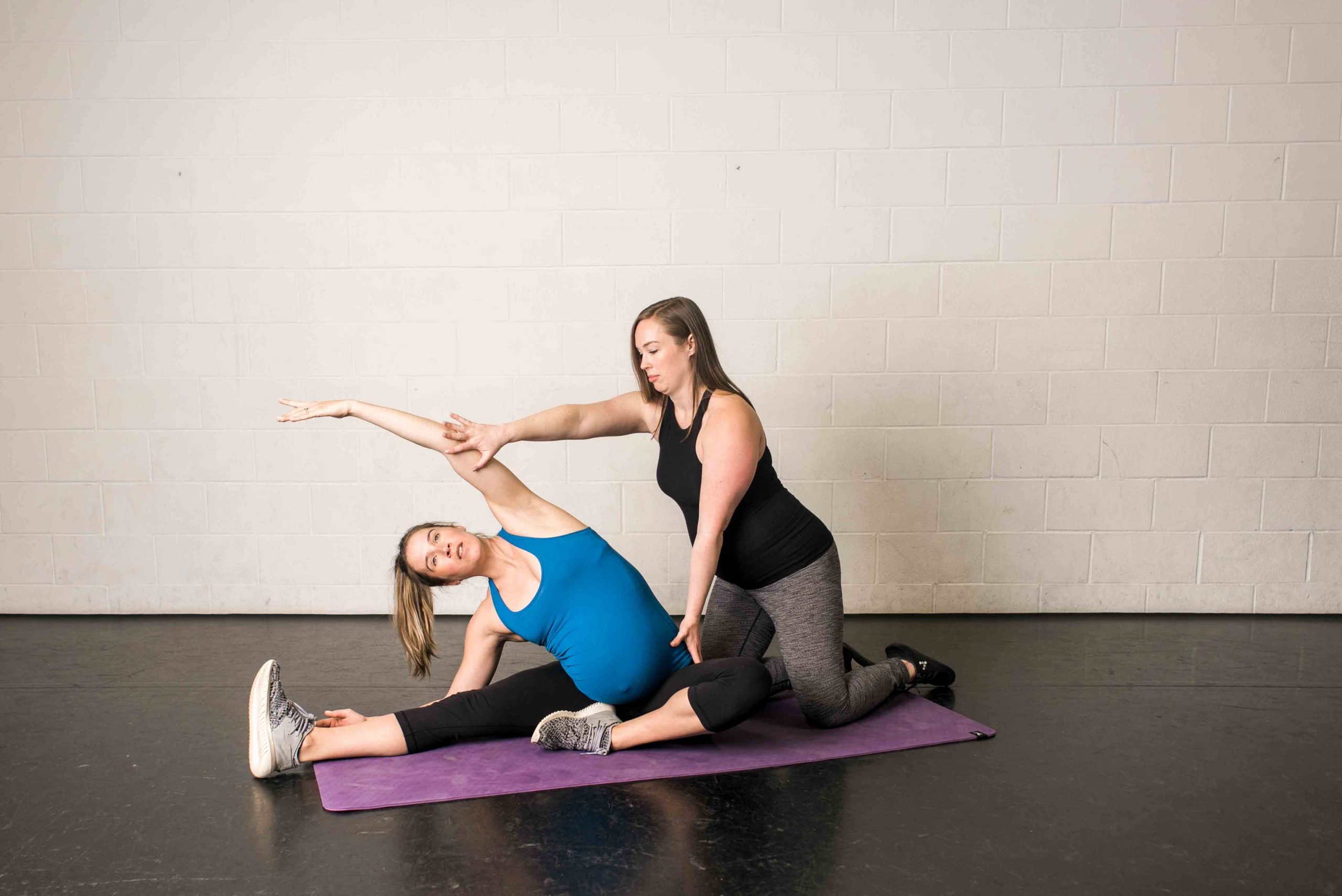
![[Empowering Clients + Elevating Your Career]
PFSA Pre & Postnatal Coaching Certification is designed to ensure YOUR and your clients’ success!
Registration is open now – you'll save $500 and get access to a live BONUS COACHING WEEK when you enroll by Thursday, April 25th!
🔥 Comment “PFSA” and I’ll send you the discounted link to learn more & upgrade your skills.
Transform your career and become a certified PFSA professional. Let’s gooooo!
#CesareanRecovery #PrenatalExercise #PregnancyTips #PrenatalExercises #PrenatalFitnessTrainer #ActivePregnancy #PostpartumPilates #PostnatalWorkout #PostnatalExercise #PostpartumTraining #PostnatalCheck #PostpartumExercise #SafeExercisePostpartum #FullBodyWorkout #ParentWorkout #WorkoutsForParents](https://jessiemundell.com/wp-content/plugins/instagram-feed/img/placeholder.png)
